For those familiar with the brilliant work of GA great Jack Cole, the fact that a strip of his creation was loaded with unique, innovative concepts is no surprise whatsoever. Plastic Man, the comic character Cole is best known for, premiered the same month as Death Patrol, but neither feature was his first work.
There were only a relative handful of pioneering comics on the stands when the 19-year-old Cole joined the Harry 'A' Chesler studio in 1937. For Centaur Publications, Cole drew 'Little Dynamite' and 'TNT Todd of the FBI' for their Keen Detective Funnies and Funny Pages comics. He was soon creating original features, beginning with 'Circus' and 'King Kole's Kourt' under the pseudonym Geo. Nagle, as well as 'Officer Clancy' and 'Peewee Throttle' under the additional pseudonym of Ralph Johns (the early comic studios would have their artists utilize a variety of pseudonyms to maintain the illusion of a huge stable of artists). In 1939, he became the editor of Silver Streak Comics, a Lev Gleason Publication featuring Jack Binder's original Daredevil, a character Cole would revamp in one comics' earliest retcons. He was similarly involved in the development of one of the very first super-villains: Gleason's 'The Claw.'
While an editor for Gleason, Cole continued to produce features for the Eisner Studio, including The Comet for MLJ's PEP Comics. With powers similar to Cyclops of the X-Men, the Comet's main claim to fame is that he was the first superhero ever to die in the line of duty.
Also for MLJ, Cole created The Hangman, a feature, ironically enough, that replaced the deceased Comet in PEP.
The Eisner-Iger Studio had previously generated an above-average range of features for Quality's first comic books, all anthology titles with varied formats: Feature Comics (previously Chesler's Feature Funnies) Smash Comics (which would later run Cole's Midnight feature), and Hit Comics. Commissioned to produce material for a new single-themed anthology title to be called Military Comics, Cole, working with the Eisner Studio, created the first feature intended for the new comic: Death Patrol.
Starring a misfit bunch of fugitive criminals (Plastic Man was also a 'reformed' criminal) thrown together with some airplanes and an eccentric American millionaire, the Death Patrol takes on a series of suicide missions for the RAF during the Blitz (and before US entry into the War). The proposed series met with the publishers enthusiastic approval, so much so that he asked Will Eisner to come up with a similar, but somewhat more serious, version. The result was the Blackhawks, which ultimately premiered as the lead feature in Military, and would continue to be published for decades to come. Personally, I like Death Patrol better (especially some of the later stories by Dave Berg).
Much later (1954), Cole gained a position as the premiere cartoon illustrator for Playboy, beginning with issue #5. The second merchandising license of Playboy was a cocktail-napkin set of his outstanding Pin Up Art , 'Females by Cole.
Cole would continue to do comic book and strip work until, on August 13, 1958, he committed suicide after a late-night party at his friend Hefner's Playboy mansion followed by a fight with his wife. With his genius for comedic storytelling, Cole is remembered as perhaps the best actual cartoonist among the classic Golden Age comic creators.
Death Patrol ran in the back pages of Military Comics (with an eight issue break) from issue #1-52, but Cole only drew the first 3. Below is the first appearance and origin of the Death Patrol by the great Jack Cole. Enjoy!

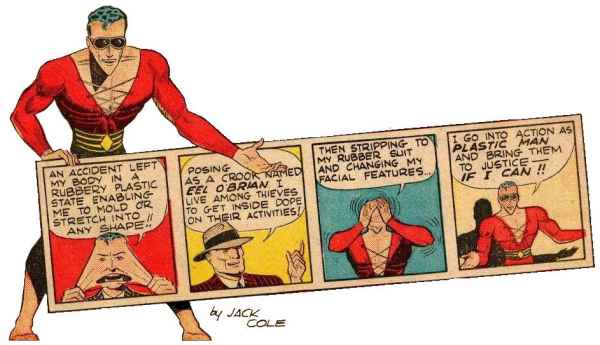


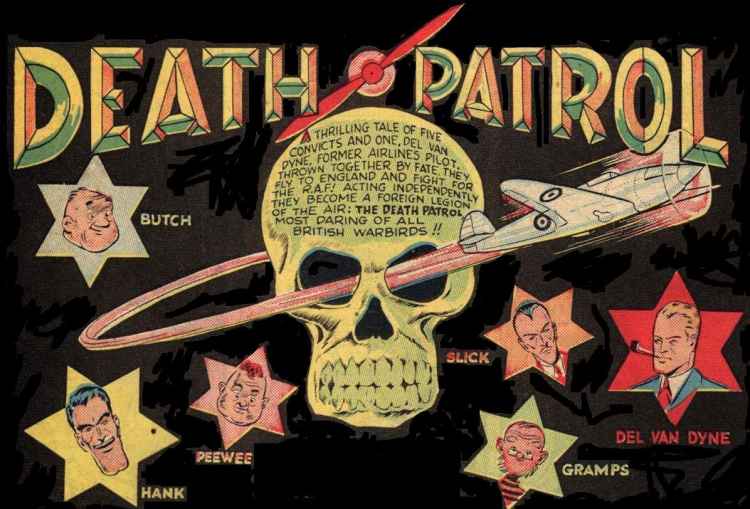





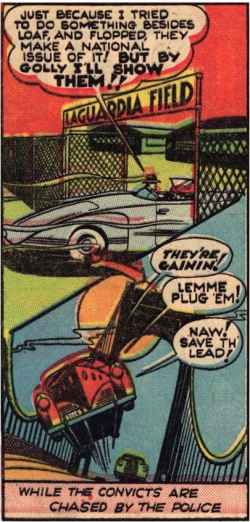


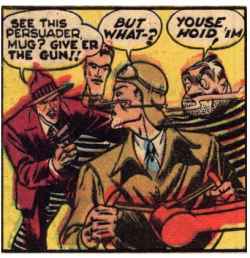




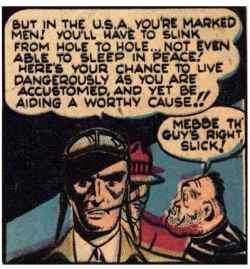














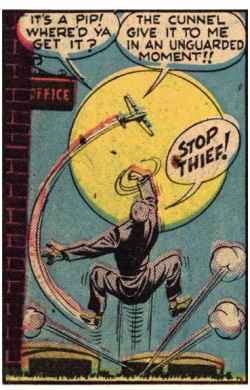



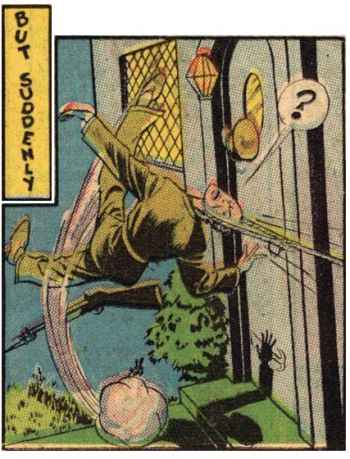










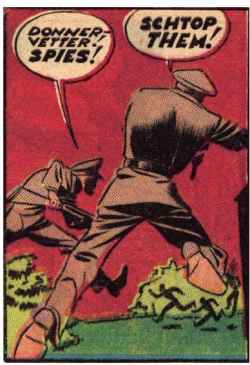










 E-Mail
E-Mail


















